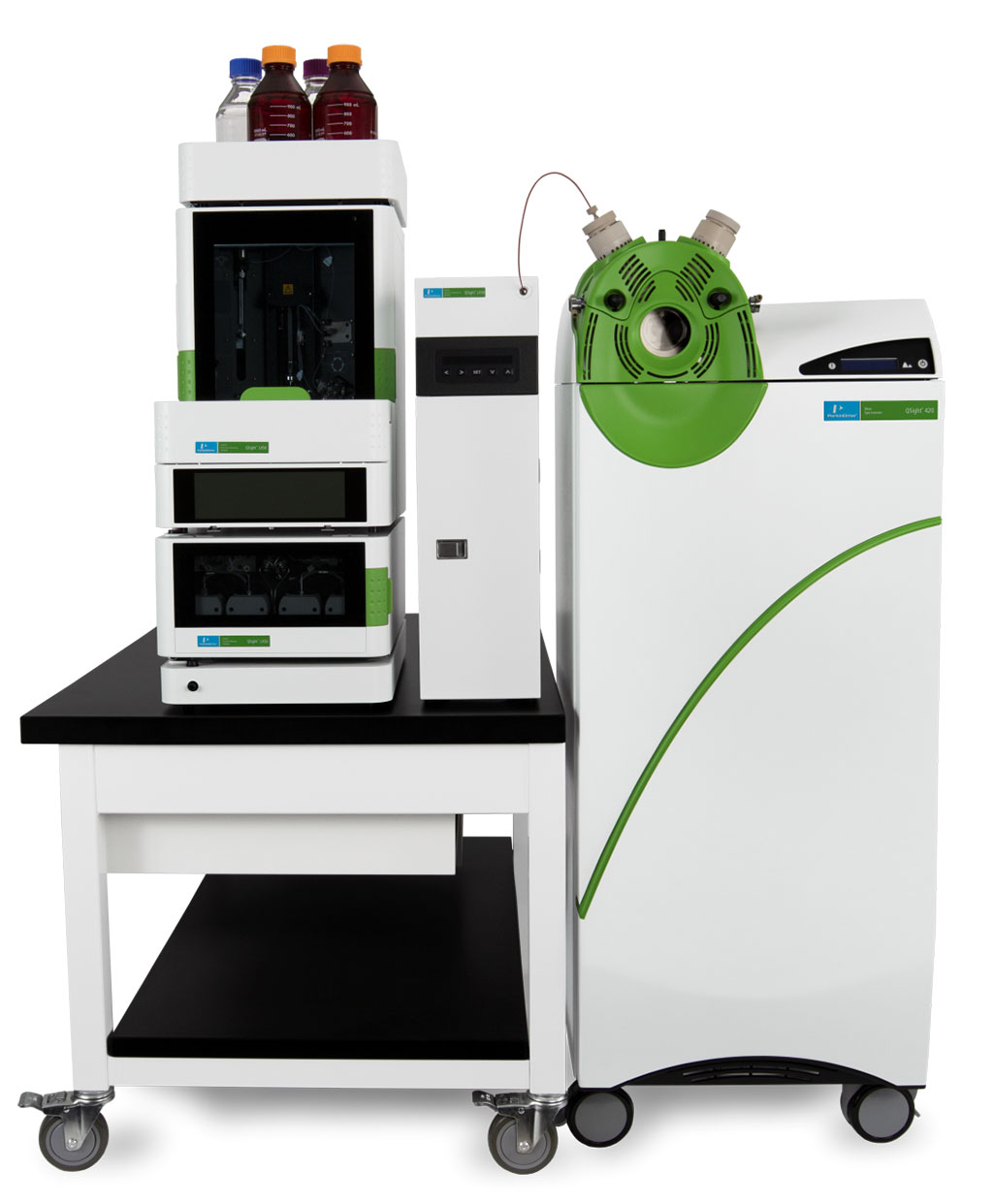Endogenous Testosterone Levels Associated with Risk of Diabetes
By LabMedica International staff writers
Posted on 02 Jun 2020
High plasma levels of endogenous total and circulating free testosterone are associated with a two- to sevenfold increased risk for developing type 2 diabetes among young, healthy women without comorbidities.Posted on 02 Jun 2020
The impact of endogenous androgens on risk of type 2 diabetes is well-established in women with established hyperandrogenism such as polycystic ovary syndrome (PCOS), a condition strongly associated with increased insulin resistance, but knowledge on plasma testosterone level per se as a risk factor, in women without established hyperandrogenism is lacking.

Image: The QSight Triple Quad 400 Series Liquid Chromatography Mass Spectrometry (Photo courtesy of PerkinElmer).
A team of Danish scientists led by those at Rigshospitalet (Copenhagen, Denmark) analyzed data from 8,876 healthy women (mean age, 38.5 years) who provided blood samples to measure plasma testosterone, dehydroepiandrosterone-sulfate (DHEAS), dihydrotestosterone (DHT) and sex hormone-binding globulin (SHBG) between January 2007 and December 2015 in a retrospective study. During 69,728 person-years, 69 women received a type 2 diabetes diagnosis.
Plasma testosterone was analyzed using liquid-chromatography tandem mass spectrometry (LC-MS). An in-house method was used from 2007 to 2010. In 2011 and onwards, the PerkinElmer CHS LC-MS Steroid kit (PerkinElmer, Waltham, MA; USA) was used for testosterone measurement. DHEA-S was initially analyzed using the Abbott Architect DHEA-S immunoassay (Abbott Diagnostics, Champaign, IL, USA), but was transferred to LC-MS when the PerkinElmer kit was implemented. DHT was initially measured by an in-house radioimmunoassay and plasma SHBG levels were assessed using the Abbott Architect SHBG immunoassay.
The investigators reported that that women in the highest quartiles for plasma total testosterone and calculated free testosterone were more likely to develop type 2 diabetes during follow-up versus women in the lowest quartile, with incidence rate ratios (IRRs) of 1.97 and 7.32, respectively. Levels of SHBG were inversely associated with type 2 diabetes, whereas DHEAS and DHT were not associated with incident type 2 diabetes. Results persisted after adjustment for age, plasma SHGB and socioeconomic factors.
Jon Jarløv Rasmussen, MD, PhD, an endocrinology specialist and first author of the study, said, “The findings of this study suggest high plasma levels of testosterone could play a role in the pathogenesis of type 2 diabetes among women. The incidence of type 2 diabetes was rather low in the study, but the results implicate that screening for type 2 diabetes among women with higher plasma levels of testosterone may be beneficial, even among women who are young and without established comorbidities, such as polycystic ovary syndrome.”
The authors concluded that higher levels of plasma total and free testosterone were associated with increased risk of type 2 diabetes among women. The study was published on May 5, 2020 in the Journal of the Endocrine Society.









 assay.jpg)




